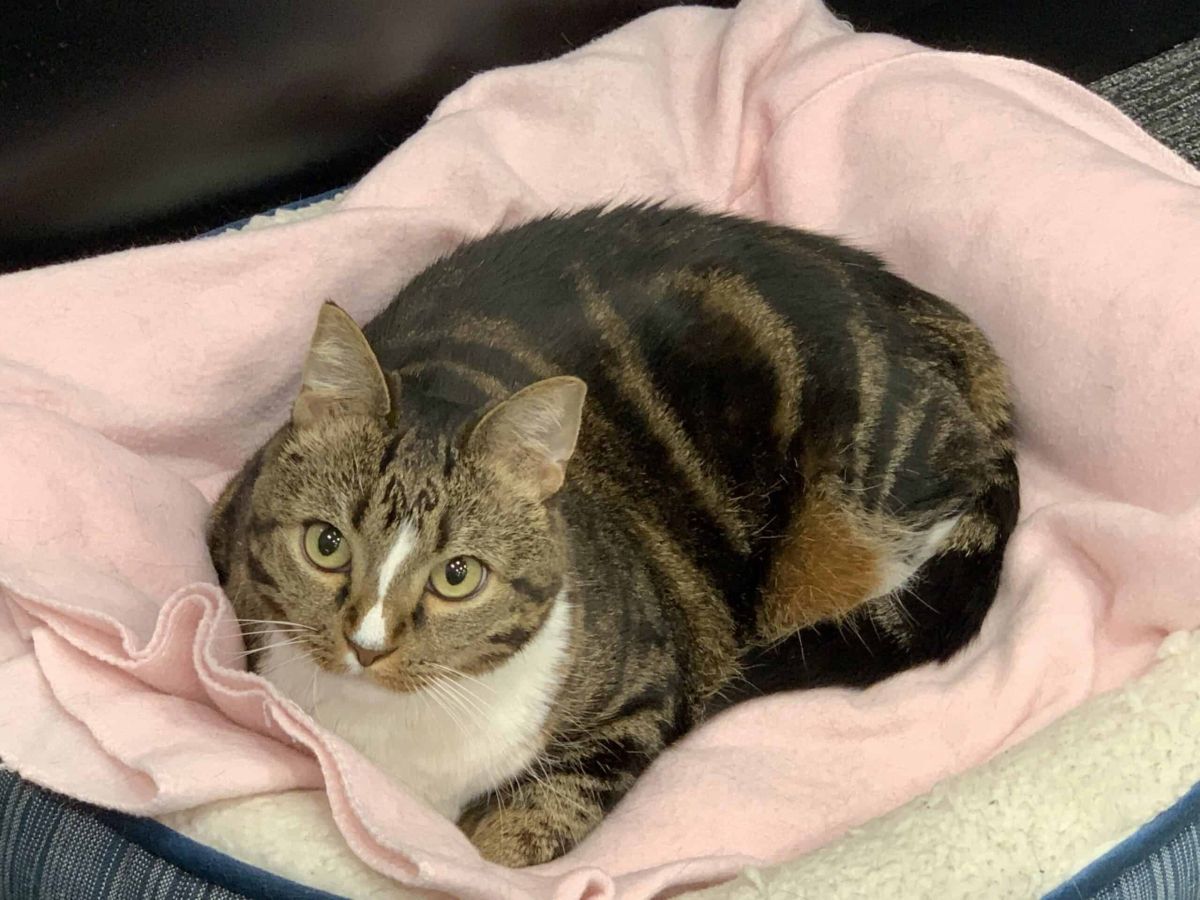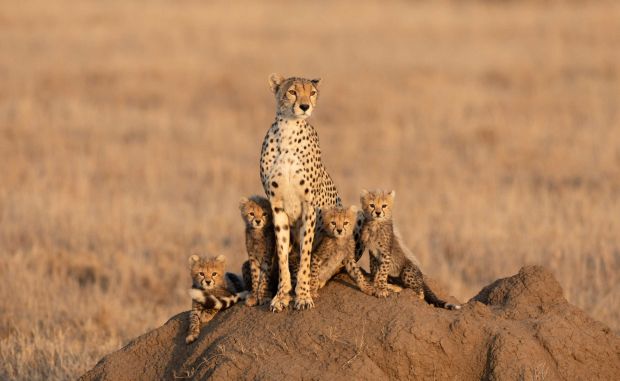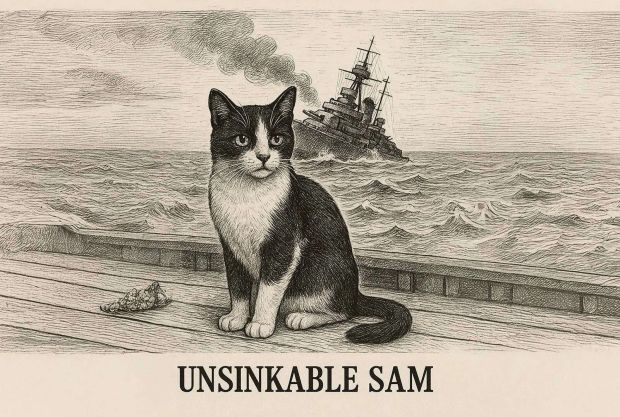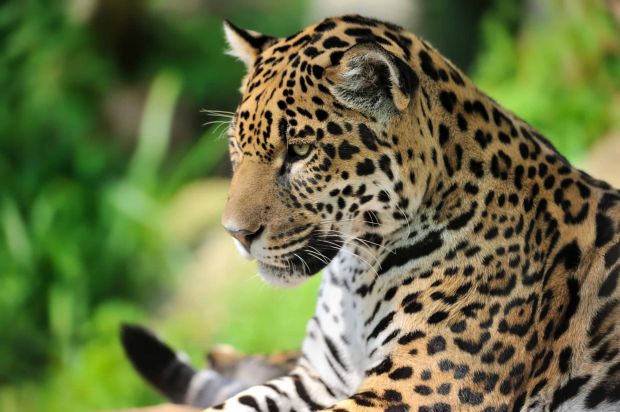The Office Cat: Feline Friend of the Workplace

For years, the office environment has been a subject of rigorous study, from ergonomics to team dynamics. But a purr-fectly overlooked variable has been increasingly making its presence known: the office cat. More than just a fluffy mascot, these feline coworkers are subjects of ongoing, albeit informal, scientific observation. Let’s explore the emerging data surrounding these captivating creatures and their impact on the modern workplace.
The “Purr-iodic” Hypothesis: Stress Reduction and the Feline Factor
One of the most common anecdotes shared about office cats centers around their stress-reducing abilities. But are these just subjective observations or is there a scientific basis? Preliminary studies in human-animal interaction suggest that physical contact with pets can trigger the release of oxytocin, a hormone associated with feelings of bonding and relaxation. The rhythmic purring of a cat, within the frequency range of 25-150Hz, has been linked to therapeutic effects, possibly even promoting bone healing.
This suggests a potential mechanism for the reported stress reduction. A team member feeling overwhelmed by a deadline might find a moment of solace in petting the resident feline, resulting in a decreased stress response. Further research is needed to quantify this effect in a controlled office environment, perhaps using heart rate variability analysis and cortisol level measurements.
The “Curiosity Coefficient:” Fostering Creativity and Collaboration
Beyond stress relief, the presence of an office cat can impact the very flow of the workday. Cats are inherently curious and often disruptive. While this may momentarily derail a focused task, anecdotal evidence suggests that such interruptions can break patterns of thought and stimulate new perspectives. The simple act of observing a cat’s antics can inadvertently lead to a creative breakthrough.
Furthermore, the novel topic of the office cat can spark informal conversations, fostering a sense of community and even leading to collaborations between team members who might otherwise not interact. The “water cooler” conversation shifts from mundane topics to observations about the cat’s latest escapade, creating a more relaxed and open atmosphere conducive to idea sharing.
The “Cat-astrophe” Control: Managing Challenges
Of course, the presence of an office cat is not without its challenges. Concerns about allergens, potential for messes, and the need for careful feeding and care protocols are all valid and require careful consideration. A well-thought-out “cat management plan,” incorporating responsible pet ownership principles and the needs of all employees, is crucial.
Furthermore, some individuals may not be comfortable around cats. Understanding and respecting these concerns is paramount. A clear policy, including designated “cat-free” zones, is often necessary to ensure a comfortable environment for everyone.
Moving Forward: The Future of Office Feline Research
The impact of office cats on employee well-being and productivity is a topic ripe for further scientific exploration. We need controlled studies to move beyond anecdotal evidence and establish a more robust understanding of this phenomenon. Future research could focus on:
- Measuring stress indicators: Analyzing cortisol levels and heart rate variability in employees exposed to office cats versus those in a cat-free environment.
- Assessing the impact on creativity: Examining team problem-solving abilities in the presence and absence of a feline companion.
- Developing best practices for office cat management: Creating guidelines that ensure the well-being of both the animal and the employees.
The Takeaway:
The office cat is more than just a cute addition to the workplace. It’s a complex variable, with the potential to influence employee stress, creativity, and even team dynamics. As we learn more about the science behind their impact, we can better understand how to navigate the complex ecosystem of the modern office, where a little bit of feline charm might just be the purrfect ingredient for success.
Stay tuned for further updates as we continue our investigations into the fascinating world of the office cat! And please, share your own observations and experiences in the comments below – the scientific community is eager to learn more!



